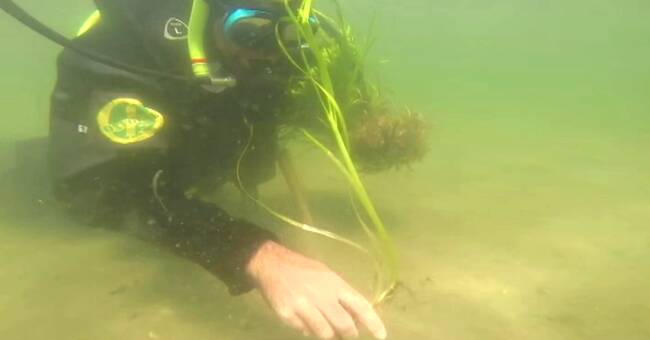Eelgrass is a seagrass that forms undulating meadows below the surface and fulfills several important functions for biological diversity.
Since the 1980s, eelgrass has declined sharply along the west coast, partly as a result of eutrophication.
But despite eutrophication, the species has had major problems recovering.
- In some parts, the environment has become too poor, water quality has deteriorated and the system is collapsing.
Then it is difficult for the eelgrass to come back.
The most important thing is to protect the meadows before it becomes irreversible, says Per Moksnes, researcher at the Department of Marine Sciences at the University of Gothenburg.
Test planning performed
An area that, however, has good conditions is the Gåsö archipelago southwest of Lysekil.
There is still eelgrass left here, even though a third has disappeared since the 80s.
Here, the University of Gothenburg, in collaboration with the County Administrative Board, will plant eelgrass shoots to help the species spread.
Test plantings have been carried out in the area with good results.
- An important part of the work has been to find the areas where it is possible to restore the species.
From Gothenburg to Stenungsund it looks gloomy but further north, as at Gullmarsfjorden, it gets better and better, says Per Moksnes.
Planted by hand
Eelgrass shoots will be taken from viable meadows and planted by hand by divers.
A total of two hectares of eelgrass will be restored over a four-year period.
The project is funded by the European Maritime and Fisheries Fund and the Swedish Maritime Administration.

